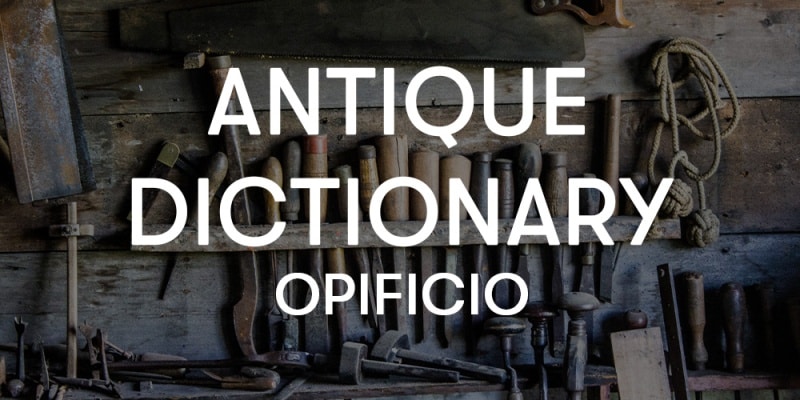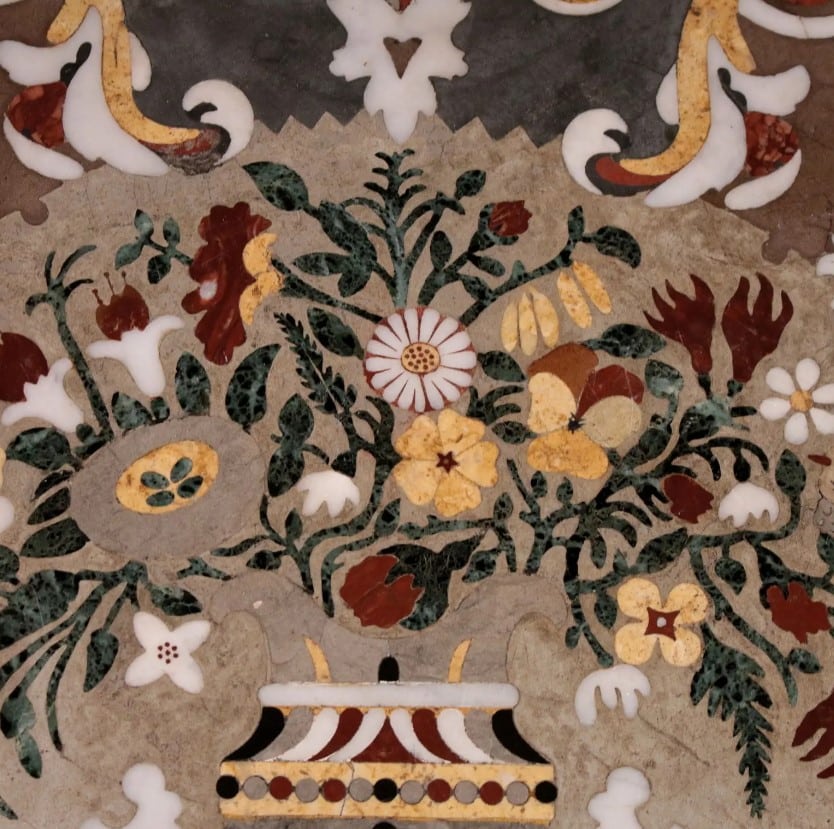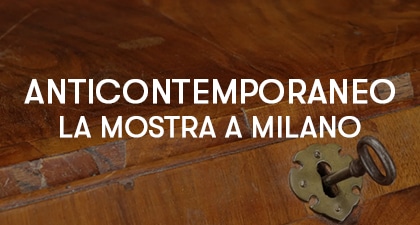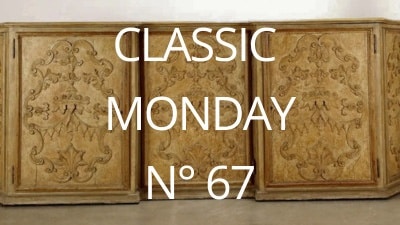
Today’s word is: opificio. Let’s discover together the history of a particular factory that has and leaves its mark in the world of resturo.
What is the factory?
The meaning of factory as we find in the Treccani dictionary is “Factory, industrial plant”. There are many types of factory: industrial, goldsmith, textile and craft depending on the work that takes place inside.
You may be wondering why we talk about it in our antiques dictionary. The factories have a long history; one of the most famous and enduring in Italy is the Opificio delle Pietre Dure in Florence.
Opificio delle Pietre Dure

In 1588 Grand Duke Ferdinand I decided to found a workshop in Florence specialized in inlays of precious and semi-precious stones. The aim was to have a place where artists and masters could be trained for the realization of the Chapel of the Princes (mausoleum of the Medici Family – inside the complex of the Basilica of San Lorenzo in Florence.
Once the Chapel was built, the factory specialized in the production of art objects for furnishing the homes of nobles from all over Europe.
With the birth of the Kingdom of Italy, the factory faces a bad moment. It was thought that it would be closed due to lack of funds and patrons. Fortunately, thanks to the foresight of the director Edoardo Marchionni, the activity is also extended to restoration and the factory continues its history.
In 1966 an event put the entire city of Florence to the test: the flood. To overcome this difficult moment, the small artisans decided to combine all their restoration workshops with the Opificio delle Pietre Dure. This is how one of the most renowned and avant-garde centers in the art of restoration was formed.
The factory still exists today and is an autonomous institute of the Ministry for Cultural Heritage and Activities and Tourism (since 1975). Within this reality, therefore, we find the restoration laboratory and, the one for which it was founded, the processing of semi-precious stones.
Example
The Opificio delle Pietre Dure is considered one of the laboratories specialized in the restoration of the most important and renowned works in the world. It also represents a place of excellence at international level not only for the restoration but also for the inlay of precious stones.
If you have a good memory we had already talked about this factory when we analyzed the salesman’s technique in our antiques dictionary. We are not lucky enough to be able to show you an antique piece with a salesman made in this factory but we have many others.
In case you missed it, therefore, we propose the same table to salesman. To us personally it is an antique that fascinates a lot especially for the reason that you can observe this difficult ancient technique.

The support of the table consists of a structure made using a central trunk that acts as a baluster, assembled together with other smaller branches; completely golden. The round top is in committed marble: different types of stone with an elegant chromatic effect are used to represent a vase with a bouquet of flowers in the center, above which a dove rests. All around there is a border within which foliaceous volutes and phytomorphic motifs are depicted; A Greek with alternating triangles finishes the perimeter of the plane.



If you want to see all our pieces decorated with this technique and our restoration laboratories we are waiting for you in our warehouse in Cambiago!








